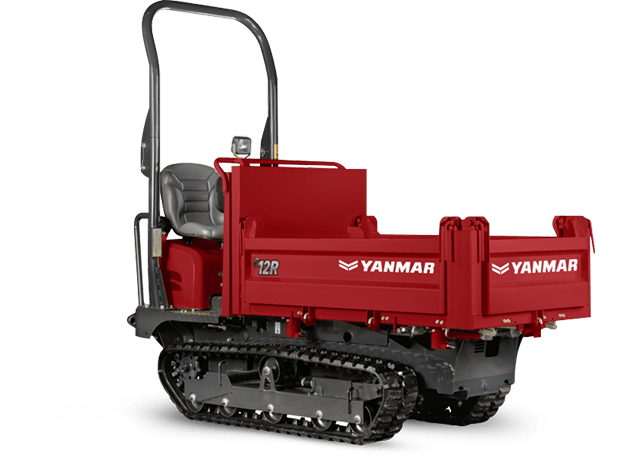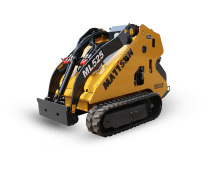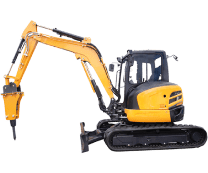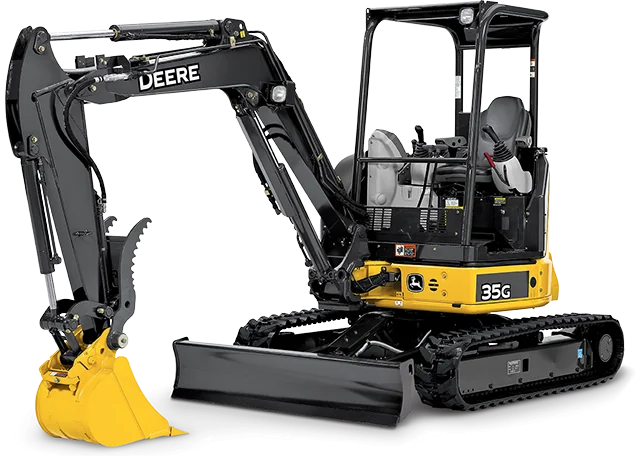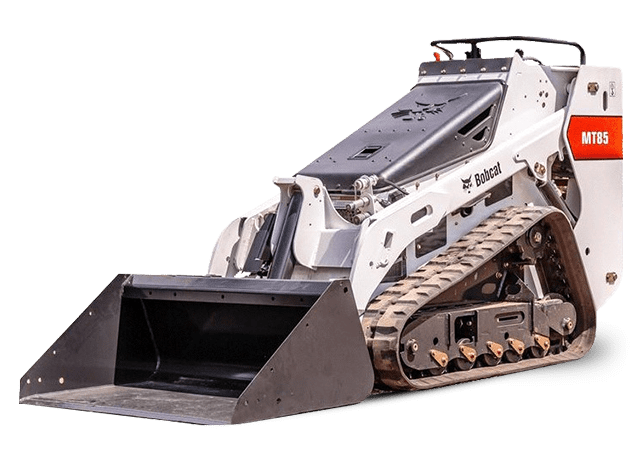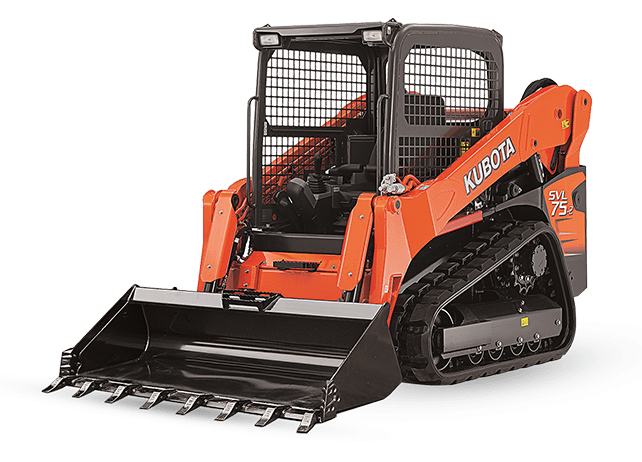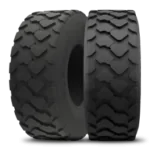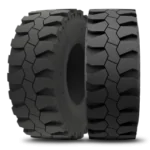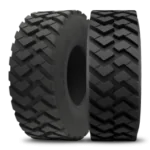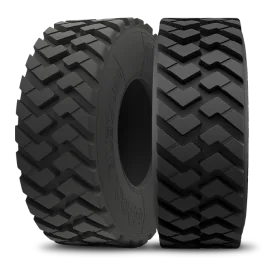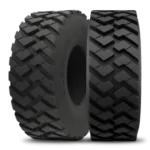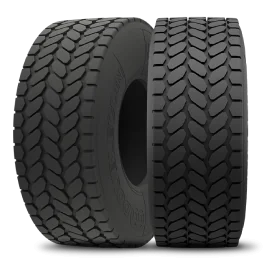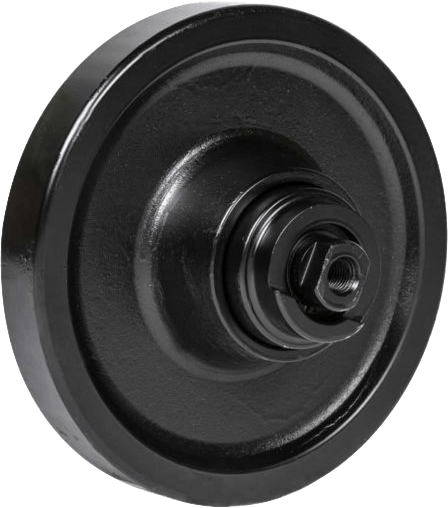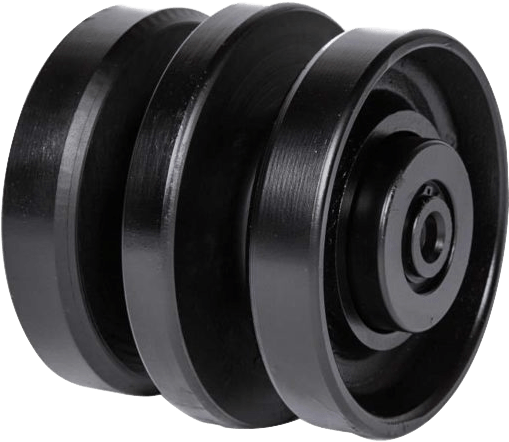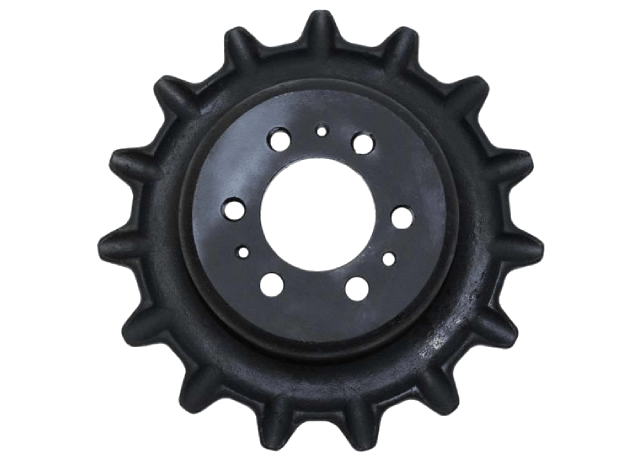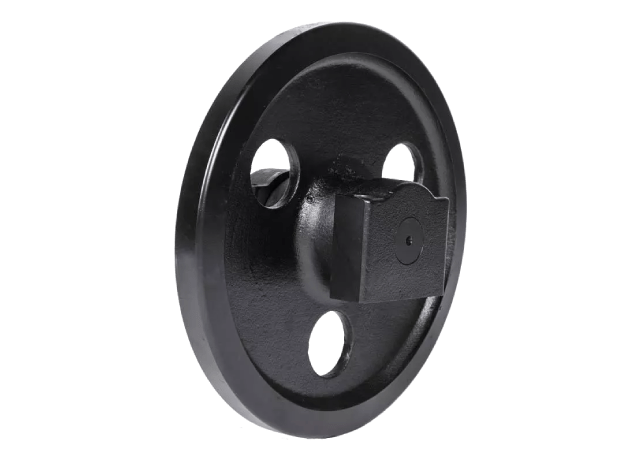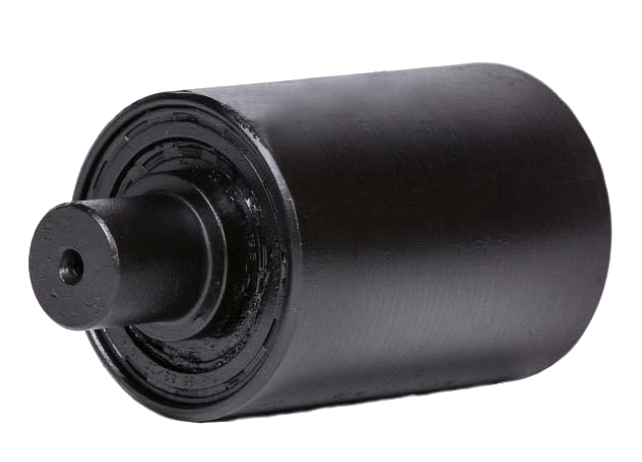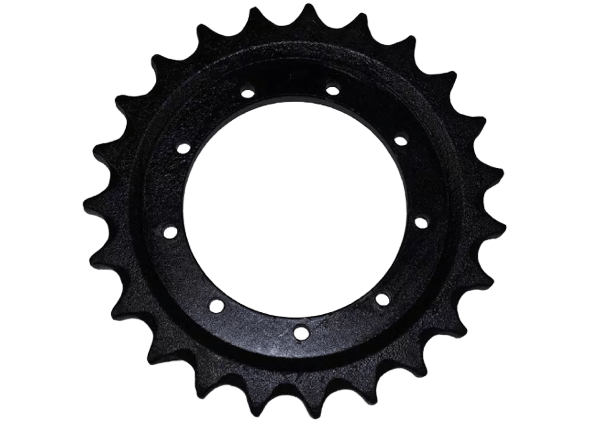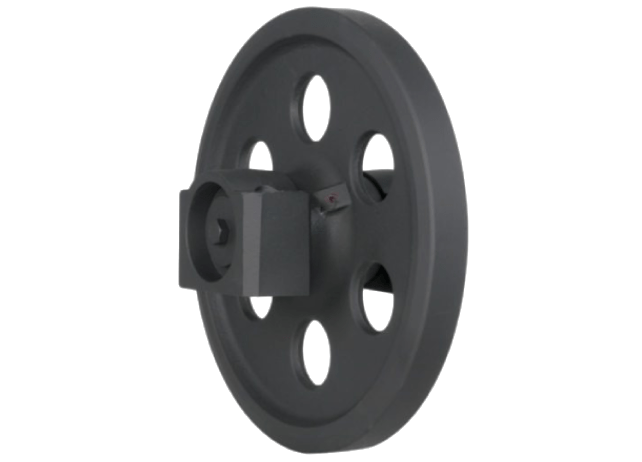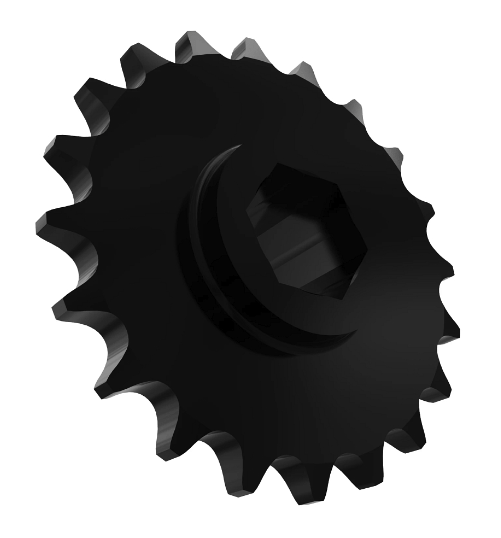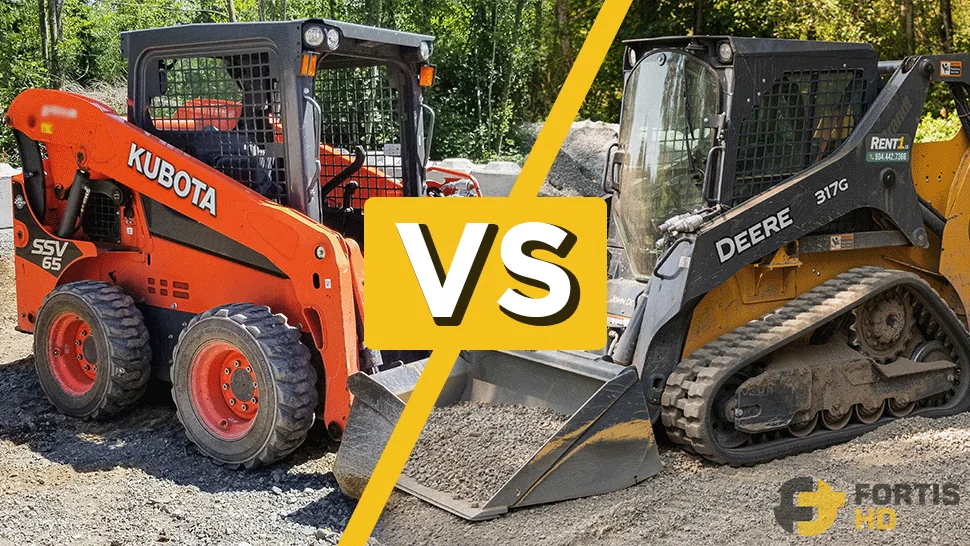At a glance, skid steers and compact track loaders are practically the same machines. Their primary difference is their undercarriages.
Other things vary according to brand. Take, for instance, these two pieces of Kubota equipment: the SSV75 Skid Steer and the SVL75 Compact Track Loader.
Besides the undercarriage, you can spot the following differences:
- The cab interior and the back portion of the boom are slightly different.
- The cab windows on the SSV75 are exterior, while those on the SVL75 are behind the protection screens.
- The SSV75’s fuel tank is in the rear solid door, and the radiator is on top of the engine compartment. On the other hand, the SVL75’s fuel tank is underneath the machine, and the radiator is at the front of the engine compartment, thus requiring a perforated rear door.
In this compact track loader vs. skid steer comparison, we’ll focus on the undercarriage, the most distinctive feature between these two pieces of equipment.
Table of Content
Skid Steer Tires vs Tracks
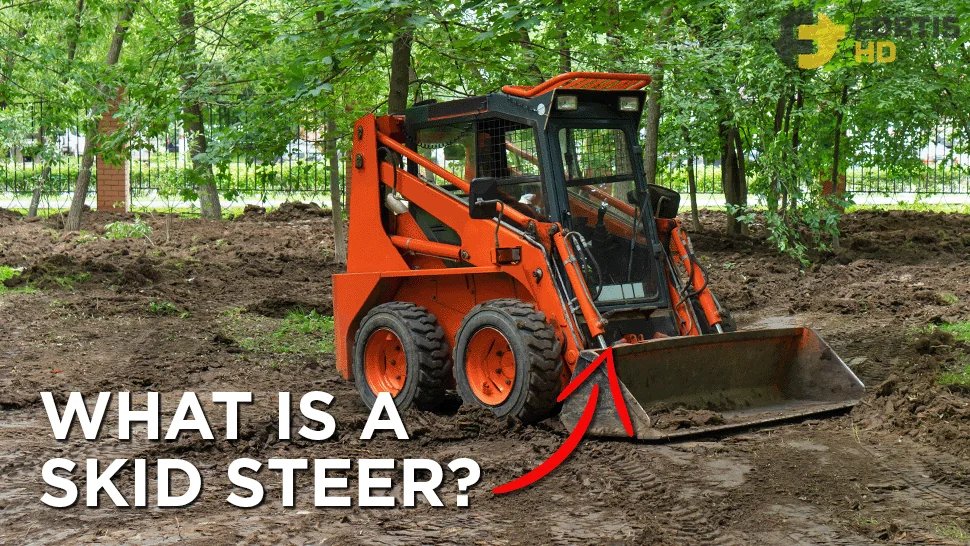
Tires work well on dry, hard, and flat ground, which was the skid steer’s original purpose.
The round shape of tires creates a much smaller patch area (contact area with the ground) than tracks, which produces less rolling resistance and thus helps wheeled skid steers move faster than compact track loaders. How much faster? In the case of Kubota, the SSV75 is around 60% faster than the SVL75.
| Model | Travel Speed - mph (km/h) | |
|---|---|---|
| Kubota SSV75 | Low | 7.4 (11.9) |
| High | 11.8 (19.0) | |
| Kubota SVL75 | Low | 4.7 (7.5) |
| High | 7.1 (11.5) | |
However, the same small patch of tires produces less grip and more pressure than rubber tracks.
Because of that, skid steers will slip on mud or wet terrain (water gets between the rubber and ground microstructures, significantly reducing their bonding and friction), sink on loose ground, and tear up sensitive surfaces, such as lawns.
In contrast, the larger patch area of tracks offers the following advantages:
- It has more gripping points, developing more traction.
- Floats on soft, loose terrain.
- Generates less pressure over the ground.
- It makes compact track loaders more stable and less tippy than wheeled skid steers.
Besides tires and tracks, the drive system of skid steers and compact track loaders is quite different.

At Fortis HD, we offer the best aftermarket, OEM-certified rubber tracks for your tracked skid steer. Order your skid steer rubber tracks today, and we’ll ship them the same day.
Drive Chain vs Planetary Gear System
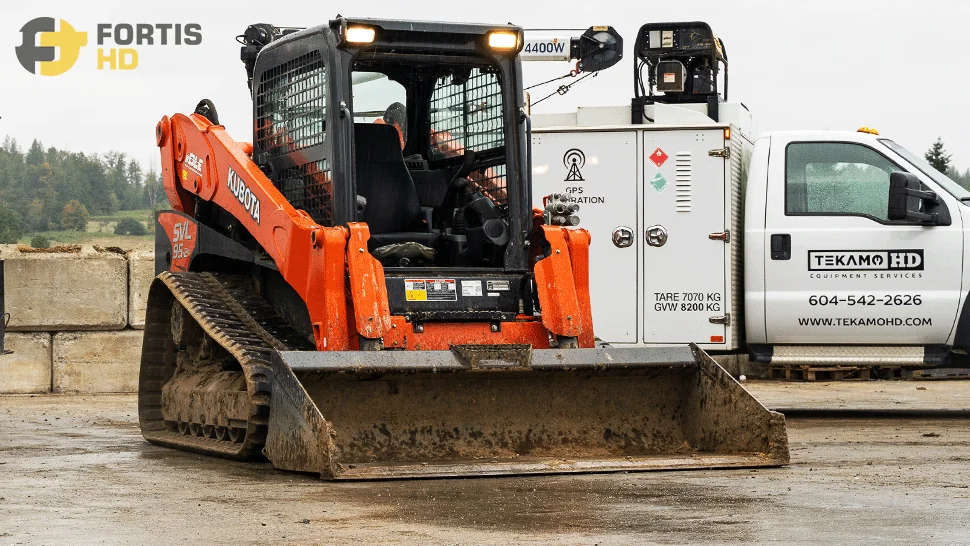
Skid steer and compact track loaders’ drive systems aim to produce torque rather than speed.
Skid steers do so through gears and chains, while compact track loaders use planetary gear systems.
Both compact machines have an engine that drives hydraulic pumps, which in turn drive hydraulic motors on each side of the undercarriage.
The motors rotate an axle shaft with a small gear, which transmits its rotational speed to a bigger gear, increasing torque at the cost of speed. Thus, the term “reduction gears.”
The drive chain system transmits the drive gear’s rotational speed to the front and rear wheels, fixing the direction and speed of the tires.

The planetary gear system can arrange more reduction gears in series, making it more efficient at increasing torque than the drive chain mechanism.

Combining multiple reduction planetary gears and an undercarriage mechanism that effectively transmits the high torque to tracks makes compact track loaders superior to skid steers in terms of traction. The SVL75-2 has 14% more traction force than the SSV75.
| Model | Traction Force - lbs. (kg) |
|---|---|
| Kubota SSV75 | 8,494 (3,853) |
| Kubota SVL75 | 9,678 (4,390) |
The main components of the undercarriage mechanism are rollers (top and bottom), the sprocket, and idlers. Our article “Understanding the Undercarriage of Heavy Equipment” breaks down each component’s role.

Fortis HD offers a wide range of OEM-certified compact track loader tracks. If you want your CTL tracks to outperform, outlast, and have better up time, buy tracks from Fortis HD
Skid Steer vs Track Loader: Which Should I Get?
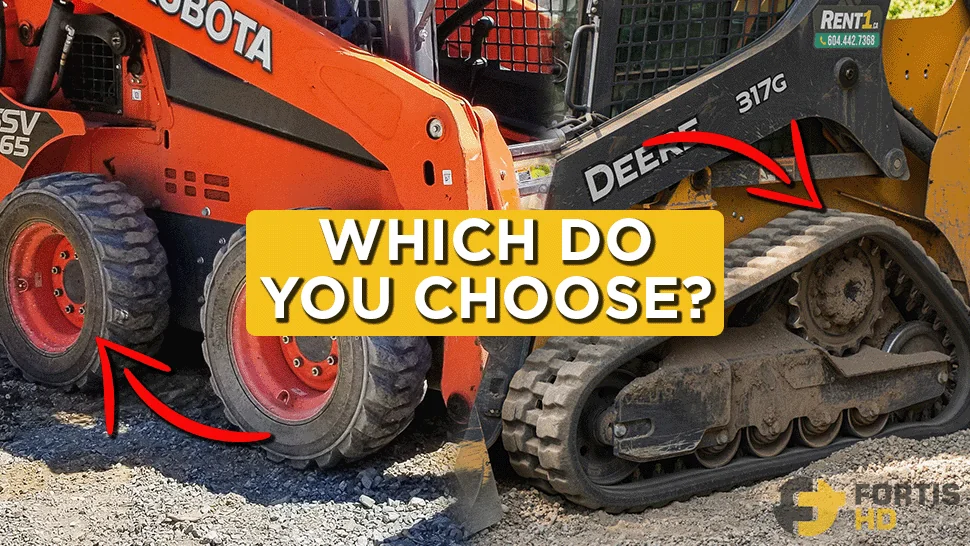
Instead of recommending a skid steer over a track loader or vice-versa, let’s break down this section based on some similar equipment from the most popular brands and models and four aspects you should consider before deciding between a wheeled or tracked machine. The equipment we’ll compare are:
| Brand | Skid Steer | Compact Track Loader |
|---|---|---|
| Kubota | SSV75 | SVL75-2 |
| John Deere | 316GR | 317G |
| Bobcat | S76 | T76 |
Purchase Price
As of the date of this article (2024), the following prices are a mix of new and used equipment and a general market average.
Price sources: www.deere.com / www.ritchielist.com
The initial cost of skid steers is typically cheaper than compact track loaders.
From our point of view, the combination of these three factors affects the price difference:
- The skid steer manufacturing process is simpler and cheaper due to their undercarriage.
- The price of rubber tracks is much higher than that of 4 tires (we’ll discuss this in the maintenance costs section).
- Compact track loaders are more versatile than skid steers, boosting their popularity and price.
Operating Weight
We included the operating weight because, depending on your current truck and trailer, you’ll need to update them and possibly get a CDL (commercial driver’s license) or pay someone to haul the machine.
Our article “John Deere 60G Mini Excavator Review” explains the main variables and conditions to get a class A, B, or C CDL.
In either case, compact track loaders are heavier than skid steers, primarily due to their tracked undercarriage.
Task and Job Site
Skid steers are suitable for transporting material between job sites quickly, lifting pallets in a warehouse, and performing other “lightweight jobs.”
Some consider them better than compact track loaders for plowing snow because they sink rather than float on it.
Compact track loaders can handle tasks on challenging terrains, such as muddy, uneven, and soft ground, where skid steers will otherwise slip and sink.
Rubber tracks offer much more grip points, greatly developing traction. The larger patch area also develops flotation and reduces pressure on the ground.
Rubber tracks have a variety of tread patterns to further increase effectiveness in specific conditions, like the zig-zag pattern to work on mud and snow or the hex pattern to safely handle landscapes without damaging the lawn.
In the following video, Josh Davyduke, our parts specialist, further explains the purpose of the most popular tread patterns:
Maintenance costs
Skid steer undercarriages are easier to maintain than track loaders. To extend their lifespan, you can rotate the tires, maintain proper inflation, check the oil level of the drive chain case, and adjust the tension.
In contrast, maintaining tracks is more time-consuming. They need tension adjustments by adding grease to the track adjuster mechanism and thorough cleaning, especially if working in mud, snow, sand, or abrasive terrain.
Replacing a flat tire costs around $400.00, while a rubber track costs approximately $1,200.00. Besides, the sprockets, rollers, and idlers will also need replacements at some point.
Replacing a rubber track is also more complex due to its stiffness and weight. While a rubber track for the SVL75-2 weighs between 380 and 500 pounds, a tire for the SSV75 weighs 75 pounds, give or take.
Lastly, let’s discuss fuel efficiency.
There’s a debate about whether tires are more fuel-efficient than tracks or vice versa. For skid steers and compact track loaders, fuel efficiency narrows down to two variables:
- Texture and condition of the soil.
- Tire pressure.
Tires are less fuel efficient than tracks in wet or loose soils because slippage increases fuel usage.
However, an interesting data report from VisionLink Telematics confirms what Firestone AG and the ASABE (American Society of Agricultural and Biological Engineers) discovered from a study on soil contact pressures for track systems and wheeled tractors: A similar tracked and wheeled tractor (with the proper inflation pressure) will use similar fuel to complete a task.
VisionLink Telematics came to the same conclusion when comparing similar Caterpillar skid steers and compact track loaders.
On pages 7 and 20 of its report, for a 30% idle time, a wheeled 242D3 and a tracked 259D3 Cat equipment showed the same fuel consumption of 2.62 gal/hr.
Conclusion
Compared to compact track loaders, wheeled skid steers are less expensive to purchase and easier and cheaper to maintain, but they are less versatile and effective overall.
Nevertheless, certain tasks and job sites, especially those where speed is a must, give them the edge against their tracked counterparts.
Whatever you choose, our “Ultimate Guide to Maintenance Hour Intervals” will help you keep in peak condition.

Upgrade your MTL with Fortis HD’s premium rubber tracks. Check our multi-terrain rubber tracks section to take advantage of competitive prices and make the most of your machine.

